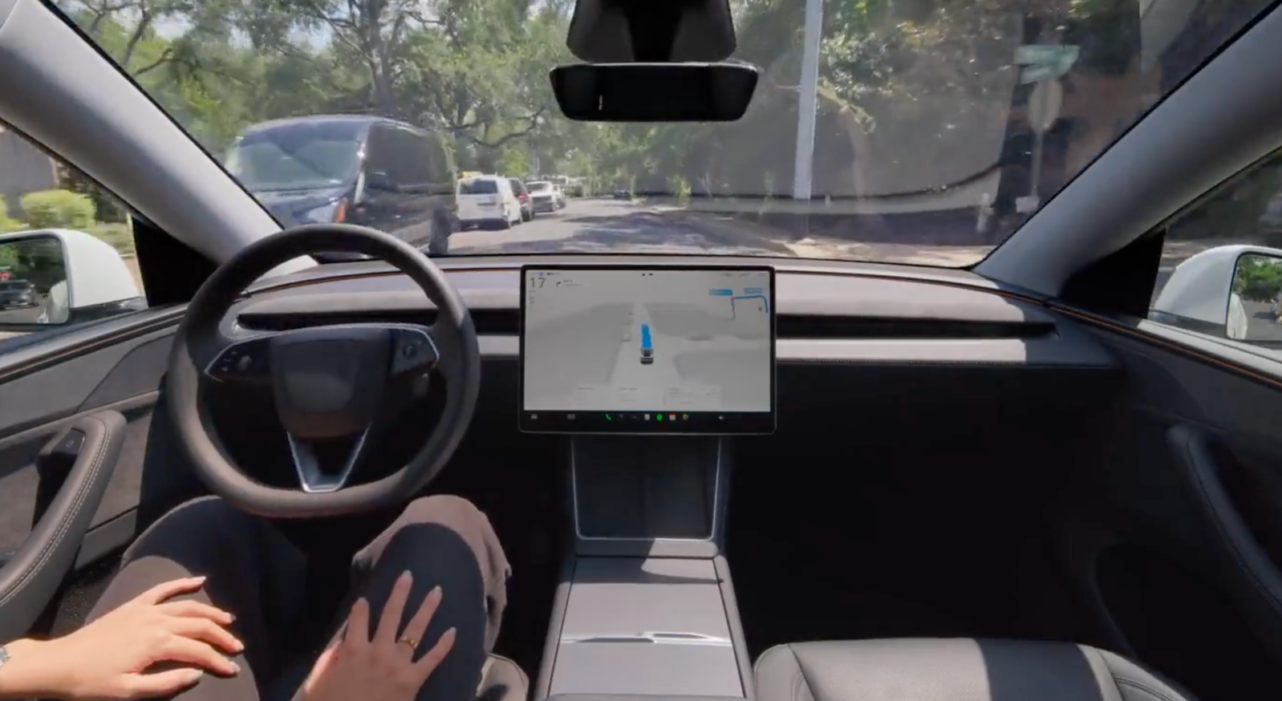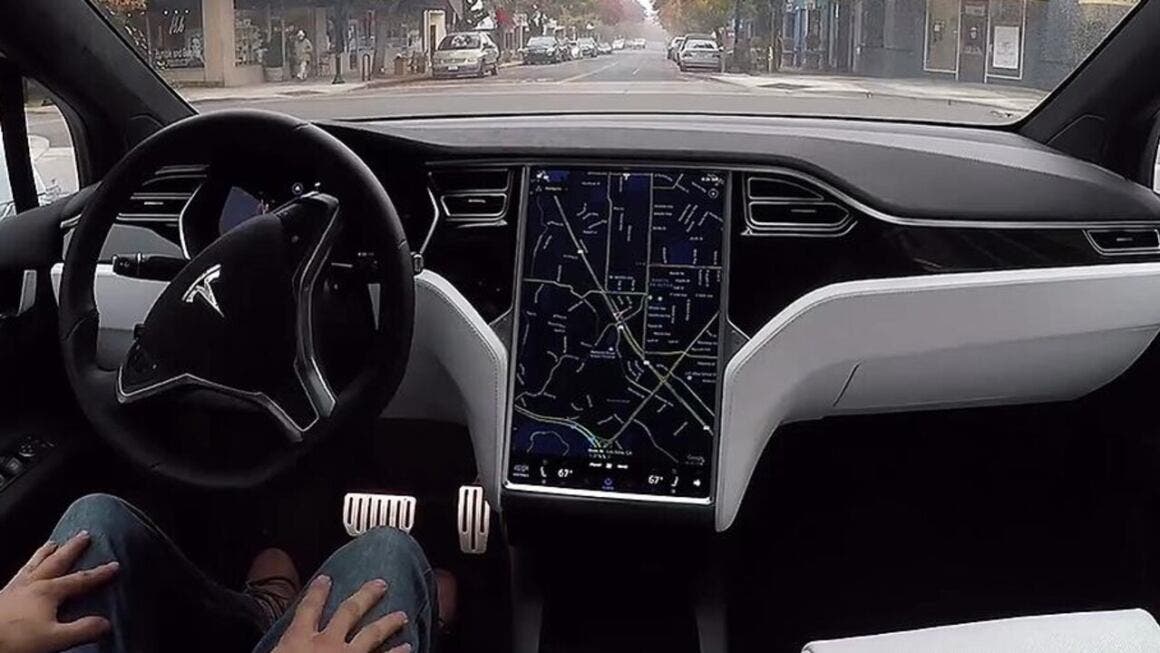Back in 2016, Tesla CEO Elon Musk envisioned a future where a car could drive across the United States coast-to-coast without any human intervention. That dream has yet to materialize, but it didn’t stop two Tesla fans and influencers from attempting the challenge in a nearly brand-new Model Y.
The effort was led by Justin Demaree, better known online as Bearded Tesla Guy, who set off from San Diego with a friend. With Tesla’s Full Self-Driving (FSD) system activated, their goal was to reach the East Coast without touching the controls. Things went wrong almost immediately.

Just 60 miles into the journey, the Model Y struck a metal ramp on the highway at around 75 mph, shedding underbody panels and sustaining serious damage. The FSD system failed to brake or steer away, leaving the occupants jolted by the impact. Despite the setback, they continued driving. A quick inspection on a lift showed a broken stabilizer bracket and several cracked plastic parts.
The real trouble came at the next Supercharger stop: the car refused to charge and displayed multiple error codes, including one indicating that the front motor had shut down. Limping into a Tesla service center in Tucson, Arizona, they learned the high-voltage battery had failed. The repair bill topped $22,000, with roughly $17,000 tied to battery replacement.
Luckily for Demaree, Tesla covered the cost under warranty after technicians confirmed the pack already had a cell imbalance before the highway incident, which likely only worsened an existing defect. Credit is due to Tesla for replacing the battery, but the coast-to-coast experiment highlighted the limits of FSD.
Independent testing last year on over 1,000 miles of city streets, rural two-lane roads, mountain routes, and highways showed a similar pattern: the software could flawlessly handle a situation dozens of times, only to fail unexpectedly when drivers least expected it. As AMCI Testing director Guy Mangiamele noted, its unpredictability remains its biggest flaw. Thankfully, no one was injured in the crash. Still, Tesla’s FSD remains classified as Level 2 automation by the Society of Automotive Engineers, meaning the driver must stay alert at all times.
